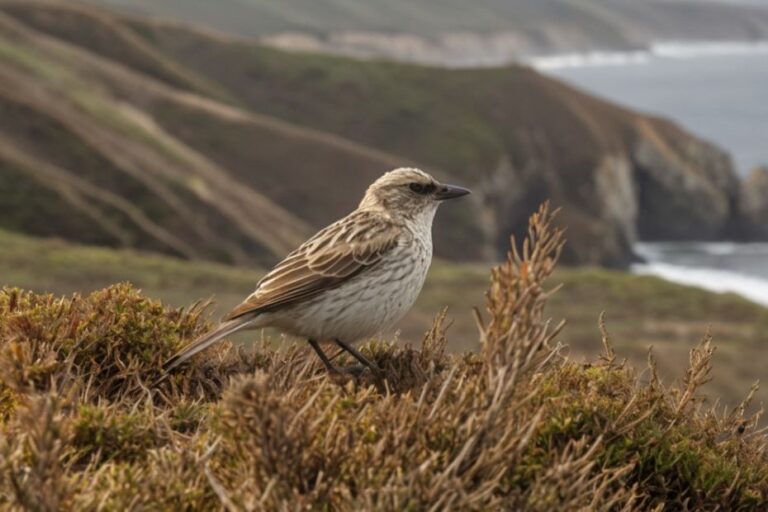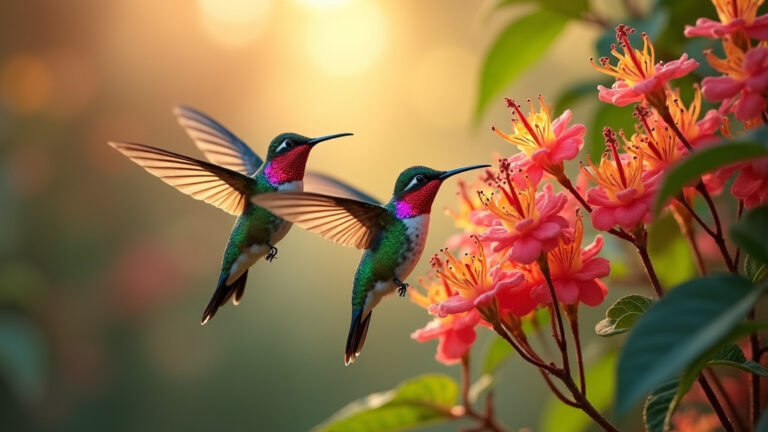List of Rare Birds in the World: Discover Elusive Avians
The list of rare birds in the world includes the Kakapo, Spix’s Macaw, and the Imperial Amazon. These birds face severe threats, making conservation efforts crucial.
Rare birds hold a unique charm due to their scarcity and fascinating traits. The Kakapo, a nocturnal parrot from New Zealand, is critically endangered with fewer than 200 individuals left. Spix’s Macaw, known as the inspiration for the movie “Rio,” is nearly extinct in the wild.
The Imperial Amazon, found in Dominica, faces habitat loss as a significant threat. Protecting these rare species requires global awareness and concerted conservation efforts. Understanding their unique habitats and behaviors can help in crafting effective strategies to ensure their survival. Engaging in such efforts not only preserves biodiversity but also enriches our natural world.
Table of Contents
The Lure Of Avian Rarity
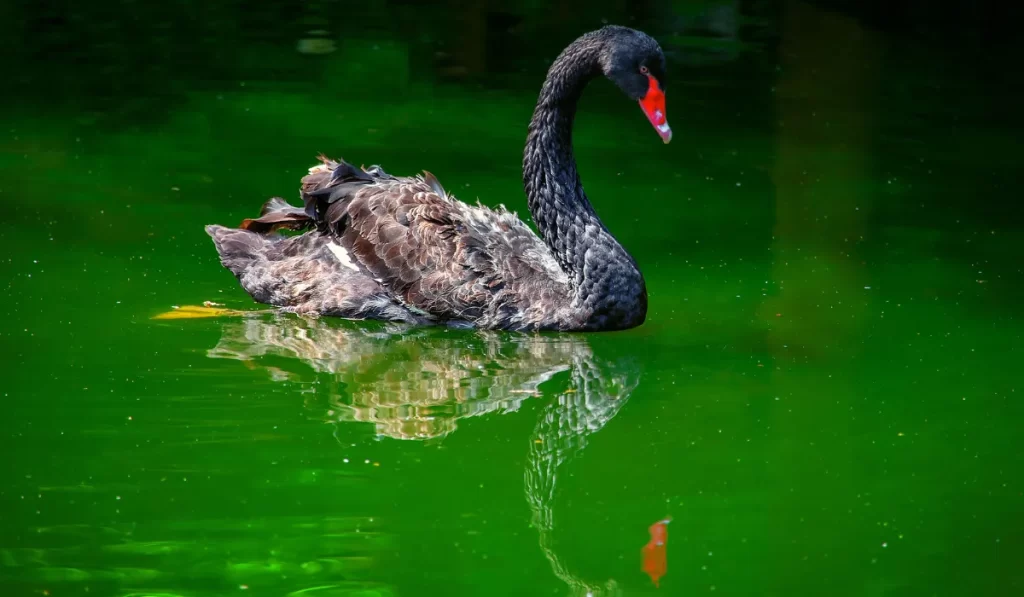
Birds come in many colors and sizes. Some are common, others are rare. The rare ones capture our hearts. Their beauty and uniqueness are enchanting. They symbolize the fragility of nature. Let’s explore why these birds are so fascinating.
Why Rare Birds Captivate Us
Rare birds have a special charm. They are not easily seen. This makes spotting one a thrilling adventure. Birdwatchers travel far to see them. Their colorful feathers and unique calls are mesmerizing. Rare birds are like hidden treasures in nature.
- Unique appearances
- Distinctive calls
- Elusive nature
Conservation Status And Its Impact
The conservation status of rare birds is crucial. Many of these birds face threats. Their habitats are shrinking. Pollution and climate change affect them. Conservation efforts are essential to protect these birds. Without help, many could vanish forever.
| Bird Species | Conservation Status | Main Threats |
|---|---|---|
| Spix’s Macaw | Critically Endangered | Habitat loss, illegal trade |
| California Condor | Critically Endangered | Lead poisoning, habitat destruction |
| Kakapo | Critically Endangered | Predation, habitat loss |
Protecting these birds requires global effort. Conservationists work tirelessly. They create protected areas. They also educate the public. Everyone can help by supporting these efforts.
Feathers Of Obscurity
Some birds are so rare that spotting them feels like finding a hidden treasure. Their feathers of obscurity make them fascinating and mysterious. These birds live in remote places and have unique adaptations. Let’s explore the secretive lives of these rare birds.
Habitats Of The Hard-to-find
Rare birds often live in hard-to-reach habitats. These places are usually far from human activity. Here are some examples:
- Dense forests: Thick trees offer cover and food.
- High mountains: Cold climates keep them safe from predators.
- Remote islands: Isolation protects them from hunting.
- Swamps and marshes: Wetlands offer plenty of food and shelter.
Each habitat provides unique challenges for these birds, making them harder to find and study.
Adaptations For Elusiveness
Rare birds have special adaptations to stay hidden. These adaptations help them avoid predators and human interference. Here are some key features:
| Adaptation | Description |
|---|---|
| Camouflage | Feathers blend with the surroundings. |
| Nocturnal habits | Active at night to avoid detection. |
| Elusive calls | Low-frequency sounds hard to locate. |
| Silent flight | Feathers designed to minimize noise. |
These adaptations make these birds masters of elusiveness.
Jewels Of The Sky
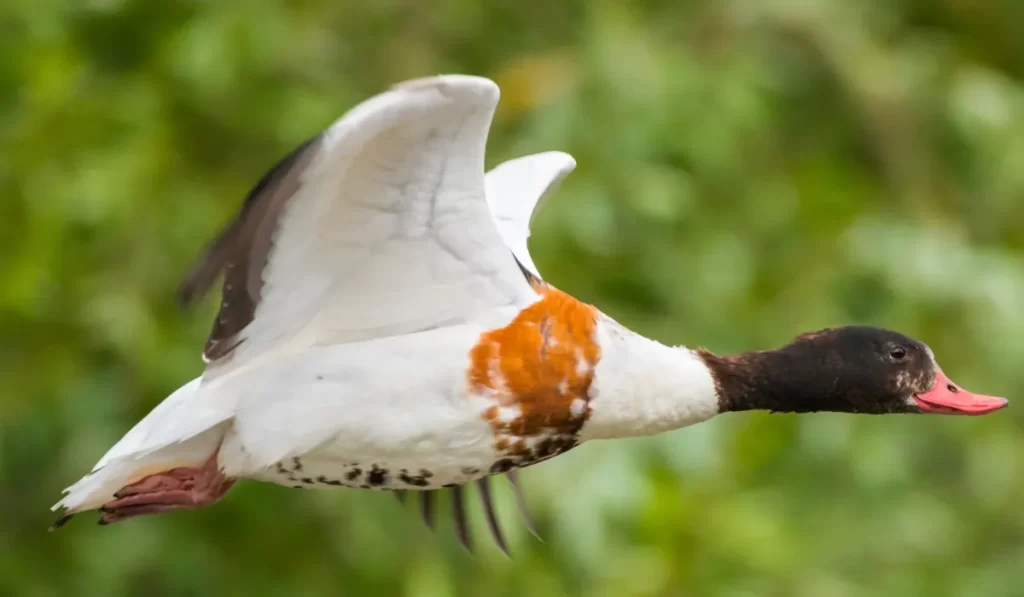
The world is filled with stunning creatures, but rare birds are the true jewels of the sky. Their vibrant colors and unique features captivate bird lovers. These rare birds are not just beautiful; their rarity makes them special. Let’s explore these winged wonders.
Profiles Of The World’s Rarest Birds
| Bird Name | Habitat | Special Features |
|---|---|---|
| Spix’s Macaw | Brazilian Forests | Bright Blue Feathers |
| New Caledonian Owlet-Nightjar | New Caledonia | Large Eyes and Small Size |
| Imperial Amazon | Dominica | Green and Purple Plumage |
Stories Behind The Sightings
Spix’s Macaw is known for its bright blue feathers. This bird was thought extinct. Recently, it was sighted again in the wild. Conservationists celebrated this rare event.
New Caledonian Owlet-Nightjar is a mystery to many. This bird is hard to find. Sightings are rare, adding to its mystique. Only a few have seen it in its natural habitat.
Imperial Amazon lives in the lush forests of Dominica. Its green and purple plumage is striking. Bird watchers travel far to catch a glimpse of it. This bird symbolizes the beauty of the Caribbean.
These birds are more than just rare; they are icons of nature’s beauty. Their stories inspire those who cherish wildlife. Each sighting is a reminder of nature’s wonders.
You May Like: Most Rare Bird in North America: See The List
The Quest For Sightings
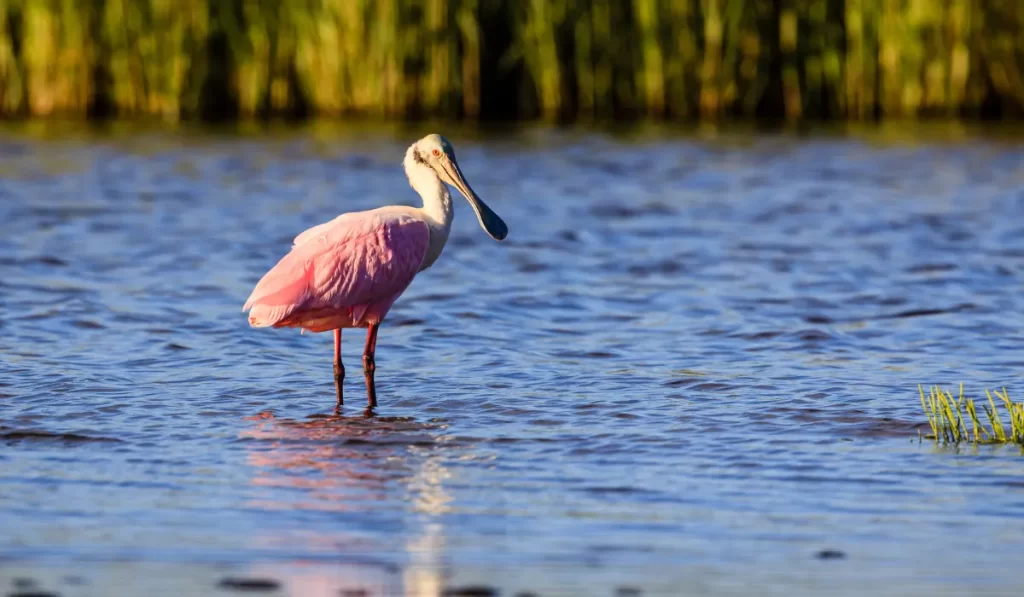
Embarking on a quest to spot rare birds is exhilarating. It requires patience, dedication, and a touch of luck. Birdwatchers travel across continents, exploring diverse habitats. The thrill of spotting a rare bird is unmatched. This journey is filled with both challenges and rewards.
Birdwatching Challenges And Rewards
Birdwatching has its unique set of challenges. Weather conditions can be unpredictable. Sometimes, you may wait for hours without a sighting. Dense forests and remote locations can be difficult to navigate. Despite these hurdles, the rewards are immense.
Seeing a rare bird in its natural habitat is a magical moment. The joy and excitement make all efforts worthwhile. You also gain a deeper appreciation for nature. Birdwatching helps in understanding bird behavior and conservation needs.
Technology In Aiding The Search
Technology has revolutionized birdwatching. Modern gadgets make spotting birds easier. High-resolution cameras capture stunning bird images. Drones provide a bird’s eye view, exploring areas unreachable by foot.
Smartphone apps are invaluable tools. They help in identifying bird species. GPS technology tracks bird movements accurately. Online birdwatching communities share sightings and tips. Technology bridges the gap between birdwatchers and the avian world.
| Technology | Benefits |
|---|---|
| Cameras | Capture high-quality images |
| Drones | Explore difficult terrains |
| Smartphone Apps | Identify bird species |
| GPS | Track bird movements |
Technology enhances the birdwatching experience. It provides new ways to connect with nature. Embrace these tools to enrich your birdwatching adventures.
Frequently Asked Questions
What Are The Rarest Birds In The World?
The rarest birds include the Spix’s Macaw, Kakapo, and Imperial Amazon. These species face severe habitat loss. Conservation efforts are crucial for their survival.
Where Can I Find The Kakapo?
The Kakapo is found only in New Zealand. It inhabits remote islands. Conservation programs aim to protect its dwindling population.
Why Is The Spix’s Macaw Endangered?
The Spix’s Macaw is endangered due to habitat destruction. Illegal trapping for the pet trade also threatens its survival. Conservation efforts continue.
How Many Imperial Amazons Are Left?
There are fewer than 250 Imperial Amazons left. They are native to Dominica. Conservation initiatives are critical for their survival.
Conclusion
Exploring the list of rare birds offers a glimpse into nature’s wonders. Protecting these unique species is crucial. By understanding and appreciating their rarity, we can help preserve their habitats. Keep an eye out for these extraordinary birds and support conservation efforts to ensure their survival for future generations.
Reference:
https://www.smithsonianmag.com/science-nature/the-worlds-5-most-mysterious-bird-species-43278788/
https://www.nps.gov/hale/rare-winged-wonders-birds-of-haleakala.htm

